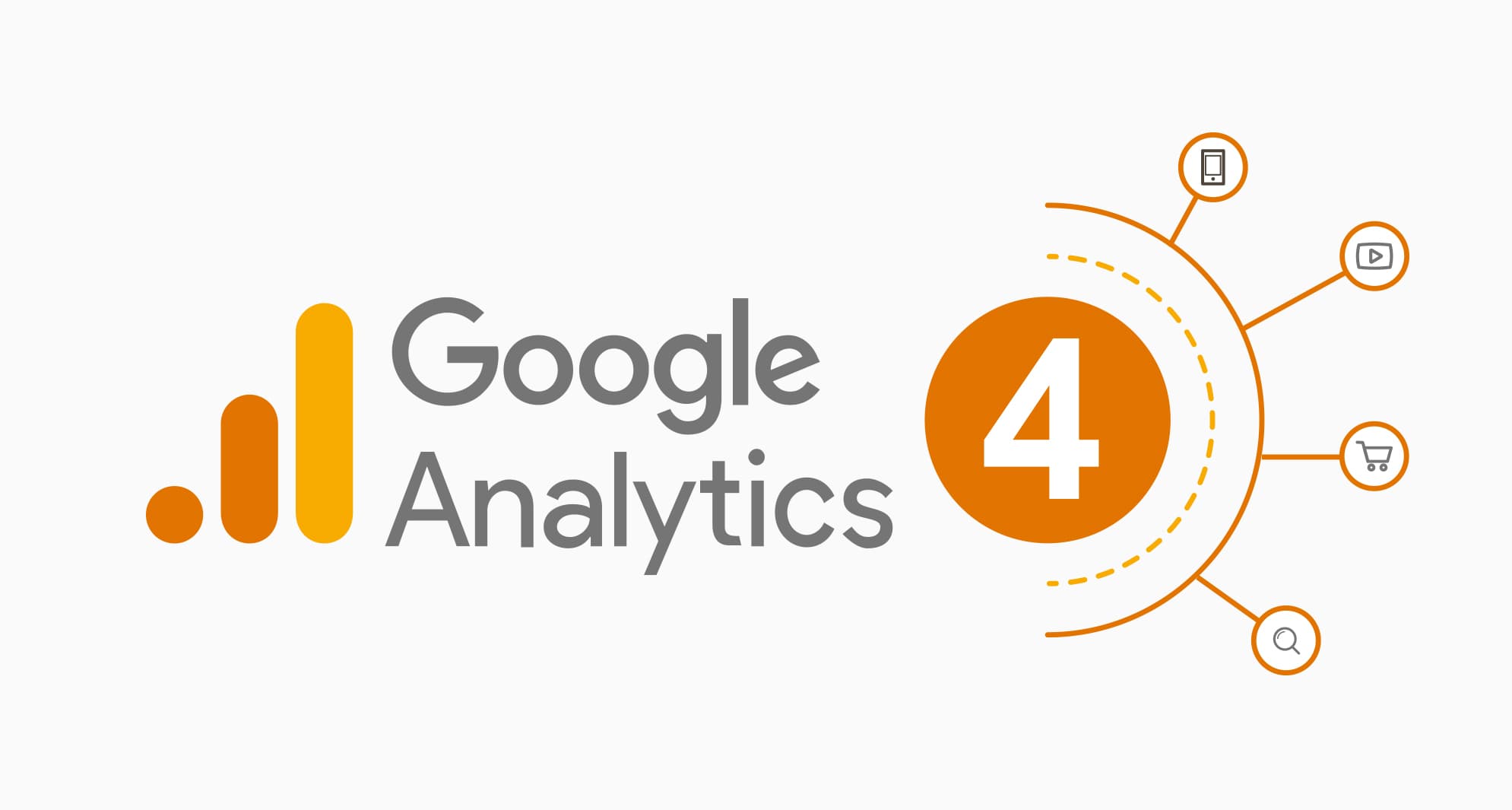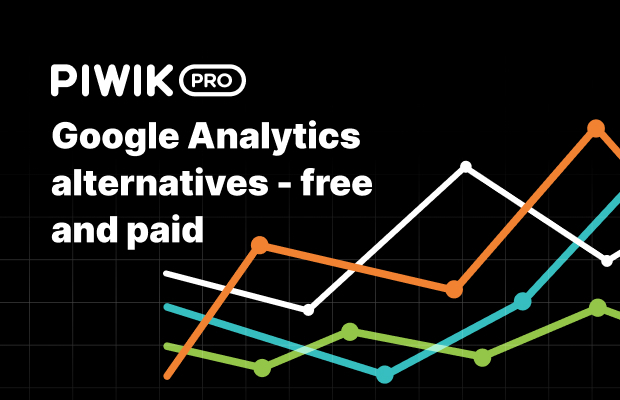Specialist Tips on When Does the Google Analytics Tracking Code Send an Event Hit to Analytics for Improved Data Accuracy
Specialist Tips on When Does the Google Analytics Tracking Code Send an Event Hit to Analytics for Improved Data Accuracy
Blog Article
Master Site Insights With Accurate Google Analytics Monitoring Code
The effective use of Google Analytics hinges on the precise application of its monitoring code, an essential step often neglected by web site proprietors. What are the usual mistakes that could undermine your monitoring initiatives, and how can you make certain accuracy in your approach?
Understanding Google Analytics Essentials
Google Analytics is a crucial device for internet site owners and marketing professionals, giving very useful insights right into user habits and site efficiency. At its core, Google Analytics gathers data regarding visitors to a site, enabling customers to analyze metrics such as website traffic resources, customer engagement, and conversion rates. Understanding these fundamentals is important for enhancing a site's efficiency and enhancing user experience.
The system employs cookies to track interactions, taping information such as page sights, session durations, and bounce prices. This information is aggregated and offered through personalized dashboards, enabling individuals to imagine fads in time. Key performance indicators (KPIs) can be monitored, such as the complete variety of customers, brand-new versus returning site visitors, and the geographical circulation of the audience.
Moreover, Google Analytics supplies division features, permitting customers to isolate specific web traffic resources or customer demographics for even more targeted evaluation. By understanding these fundamental elements, internet site proprietors can make educated decisions concerning web content strategy, advertising and marketing campaigns, and general website improvements. Inevitably, understanding Google Analytics basics is crucial for leveraging data to drive development and accomplish business objectives efficiently.
Establishing Your Tracking Code

Duplicate the supplied monitoring code and paste it right into the HTML of your web site. Preferably, this code must be positioned in the header section of every web page you wish to track. This makes sure that the tracking code tons prior to any other material, permitting it to record data precisely. If you are making use of a content monitoring system (CMS) like WordPress, there are plugins readily available that streamline the integration procedure.
After setup, confirm that the monitoring code is working properly by utilizing Google Tag Aide or the Real-Time reports in Google Analytics - when does the google analytics tracking code send an event hit to analytics?. This step is important to verify that your data collection is precise and active, setting the foundation for informative evaluation
Usual Monitoring Code Issues
Many web site owners encounter usual problems with their Google Analytics tracking code that can hinder data collection and analysis. One prevalent problem is incorrect installment. This might take place when the monitoring code is placed in the wrong section of the site's HTML, frequently resulting in missing or insufficient information. Furthermore, having multiple instances of the monitoring code on a single page can lead to filled with air metrics, as individual interactions could be counted extra than as soon as.
One more problem occurs from using ad blockers, which can avoid the monitoring code from carrying out altogether, thus skewing data. when does the google analytics tracking code send an event hit to analytics?. Furthermore, failing to set up filters correctly can cause the exemption of necessary web traffic resources or the incorporation of unwanted reference spam, distorting the data collected
Website proprietors might also ignore the relevance of monitoring code updates, particularly when moving to Google Analytics 4 (GA4) from Universal Analytics. Lastly, insufficient screening prior to introducing adjustments can cause unnoticed mistakes in the tracking code, even more making complex information integrity. Addressing these usual problems is crucial for making certain precise tracking and informative analytics.
Studying Website Information Properly
Accurate data collection is just the initial step in leveraging Google Analytics; the actual worth depends on properly examining that data to drive educated decision-making. To attain this, it is important to identify crucial efficiency indications (KPIs) that align with your service objectives. Emphasis on metrics such as conversion prices, user engagement, and traffic resources, as these will offer insights into customer actions and the general performance of your site.
Using Google Analytics' visit this page segmentation attributes enables for a helpful resources much deeper understanding of your audience. By damaging down data right into particular demographics, actions, and traffic channels, you can reveal patterns and patterns that educate targeted approaches. Executing customized reports and dashboards can simplify this procedure, enabling quick accessibility to pertinent information.
Moreover, on a regular basis reviewing data trends with time aids to identify abnormalities and possibilities for improvement. Make use of visualization devices to present information in an easily absorbable style, promoting a lot more effective communication with stakeholders. Inevitably, the capability to examine site data efficiently empowers organizations to make critical choices that boost user experience, maximize advertising efforts, and drive growth.

Ideal Practices for Accurate Monitoring
Executing reliable tracking methods is important for acquiring trusted information in Google Analytics. To make certain exact tracking, start by properly setting up the Google Analytics tracking code on every page of your web site. This can be completed through a tag supervisor or by straight embedding the code into the HTML.
Next, configure your Google Analytics account to exclude inner web traffic. This can be done by establishing filters that recognize and eliminate check outs from your company's IP address, consequently preventing skewed information. Additionally, utilize occasion tracking to keep track of specific user interactions, such as downloads or video clip plays, which conventional page sights might forget.
Regularly examine your tracking configuration to validate that all attributes, such as objectives and ecommerce monitoring, are operating properly. Develop a consistent naming convention for your campaigns and events to facilitate much easier coverage and evaluation.
Lastly, take into consideration leveraging UTM criteria for campaigns to gain insights right into the performance of different marketing efforts. By adhering to these finest techniques, you can improve the accuracy of your information collection and evaluation, ultimately bring about more informed decision-making for your website.
Conclusion
By making sure the tracking code is appropriately placed and on a regular basis audited, web site owners can record crucial user communication data, hence facilitating the recognition of key efficiency indicators. Eventually, a durable monitoring framework improves the capacity to drive involvement and boost overall site performance.

Inadequate screening before introducing modifications can result in undetected mistakes in the tracking code, better complicating information integrity.Carrying out efficient monitoring practices is essential for acquiring trusted data in Google Analytics. By guaranteeing the monitoring code is correctly placed and on a regular basis examined, web site owners can capture crucial customer communication information, therefore assisting in the identification of essential efficiency signs.
Report this page